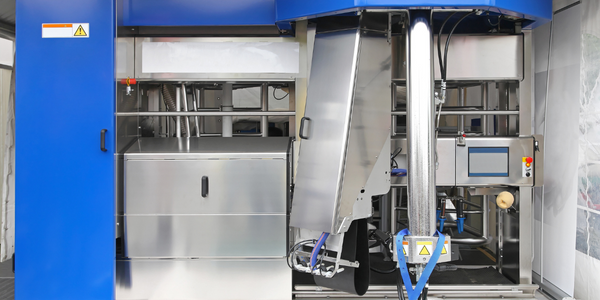技术
- 网络与连接 - 5G
适用行业
- 农业
- 金融与保险
适用功能
- 销售与市场营销
用例
- 牲畜监测
- 基于使用的保险
服务
- 系统集成
关于客户
Schweizer Hagel 是一家合作社,为国内和邻国的农作物提供全面的保险。 Schweizer Hagel 拥有 140 年的历史,最初由瑞士农民创立,自此一直处于推动农业保险行业变革的前沿。除了为农作物提供保险外,该公司还为生猪、蛋鸡和奶牛提供牲畜疫病保险。此外,Schweizer Hagel 还提供瑞士农产品指数等服务,为生产商的风险管理工作提供支持。公司以保费退款的形式将盈余资金分配给保单持有人。瑞士、法国和意大利的 35,000 多个农场世世代代都对 Schweizer Hagel 充满信心。
挑战
Schweizer Hagel 是瑞士、法国和意大利领先的农业保险提供商,面临着准确评估天气事件对农作物造成的环境风险的挑战。该公司需要确定对保单持有人公平且足以弥补保险损失的保险费。这需要精确的当地天气信息,包括长达 30 年的历史数据,以及与干旱、暴雨、冰雹、闪电和风暴相关的参数。该公司正在寻找一种可靠的天气数据解决方案,该解决方案能够提供灵活性、全面的天气参数以及对历史天气数据的访问。此外,Schweizer Hagel 需要一家能够提供可靠客户服务的提供商,以迅速、熟练地解决特定问题和查询。
解决方案
Schweizer Hagel 根据他们的具体要求选择 Meteomatics 作为他们的天气数据提供商。 Meteomatics 的天气 API 提供了对各种天气数据的灵活、快速的访问,包括历史记录、当前状况和预报。这些数据可以通过单一界面无缝集成到 Schweizer Hagel 的内部系统和工作流程中。除了风险分析和评估之外,Schweizer Hagel 还将 Meteomatics 的天气数据用于其瑞士农业指数客户门户。该门户为用户提供天气服务,使投保人能够在地图上可视化各种天气数据和产品并与之交互。它允许客户评估与其作物相关的天气事件风险,并在必要时将其纳入管理策略中。
运营影响

Case Study missing?
Start adding your own!
Register with your work email and create a new case study profile for your business.
相关案例.
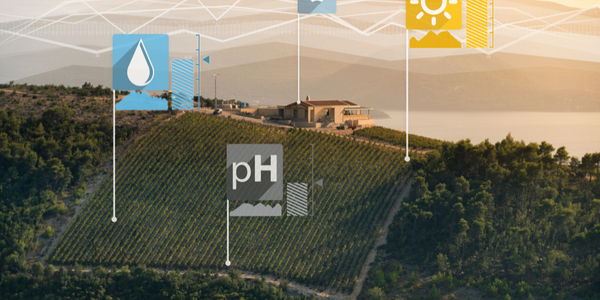
Case Study
Intelligent Farming with ThingWorx Analytics
Z Farms was facing three challenges: costly irrigation systems with water as a limited resource, narrow optimal ranges of soil moisture for growth with difficult maintenance and farm operators could not simply turn on irrigation systems like a faucet.
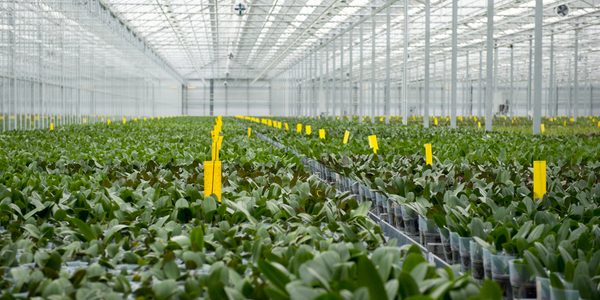
Case Study
Greenhouse Intelligent Monitoring and Control Solution
Farming Orchids is the most successful form of precision farming in Taiwan, and also the most exported flower. Orchids need a specific temperature and humidity conditions to grow and bloom, and its flowering time may not be in line with market demands, so the price collapses when there is overproduction. Therefore, some farmers began to import automated greenhouse control systems for breeding and forcing, which not only improves quality, but also effectively controls the production period and yield to ensure revenue. In 2012, an orchid farmer built a Forcing Greenhouse of about 200 pings (approximately 661 Square Meters) in Tainan, Taiwan. The system integrator adopted Advantech’s APAX-5000 series programmable automation controllers to build the control platform, coupled with Advantech WebAccess HMI/SCADA software, to achieve cloud monitoring. The staff of the orchid field can monitor important data anytime via smart phone, iPad, and other handheld devices, and control the growth and flowering conditions. System requirements: In the past, most environmental control systems of orchid greenhouses in Taiwan used PLCs (Programmable Logic Controller) with poorscalability and control, and could not be connected to the Internet formonitoring from the cloud. For advanced database analysis and networking capability, the PC platform must be adopted. Therefore, PAC Systems (Programmable Automation Controller) with both PLC programming capabilities andPC functions is a better choice.The environmental control of the Orchid greenhouse switches on and off devices like fan, shade net, cooling/heat pump, liquid flow control, water-cooling wall etc. It is controlled by a control panel of electric controllers, and is driven by a motor, to adjust the greenhouse temperature, humidity, and other environmental conditions to the set parameters.
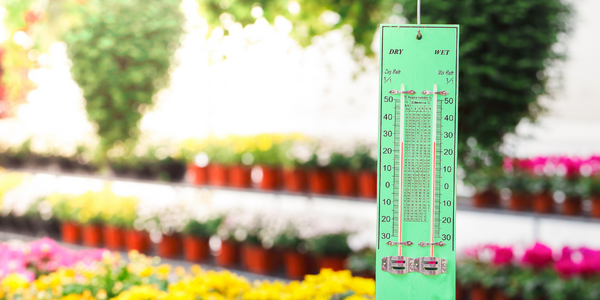
Case Study
Precision beekeeping with wireless temperature monitoring
Honeybees are insects of large economic value and provide a vital service to agriculture by pollinating a variety of crops. In addition, bees provide us with valuable products such as honey, beeswax, propolis, bee venom, etc. Monitoring of honeybee colony health, population, productivity, and environmental conditions affecting the colony health have always been exceedingly difficult tasks in apiculture. Research has shown that even small deviations (by more than 2°C) from the optimal temperatures have a significant influence on the development of the brood and the health of adult bees.
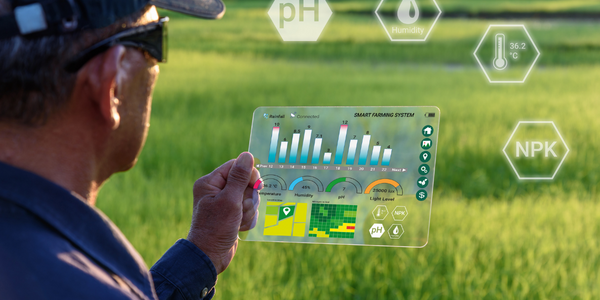
Case Study
Enabling Internet of Things Innovation in Agriculture
DigiBale, wanted to apply technology know-how and IP from implementations successfully to more agriculture sectors including cotton, forestry, sugarcane and cattle. However, farmers and growers still have worries about the connected technology.








